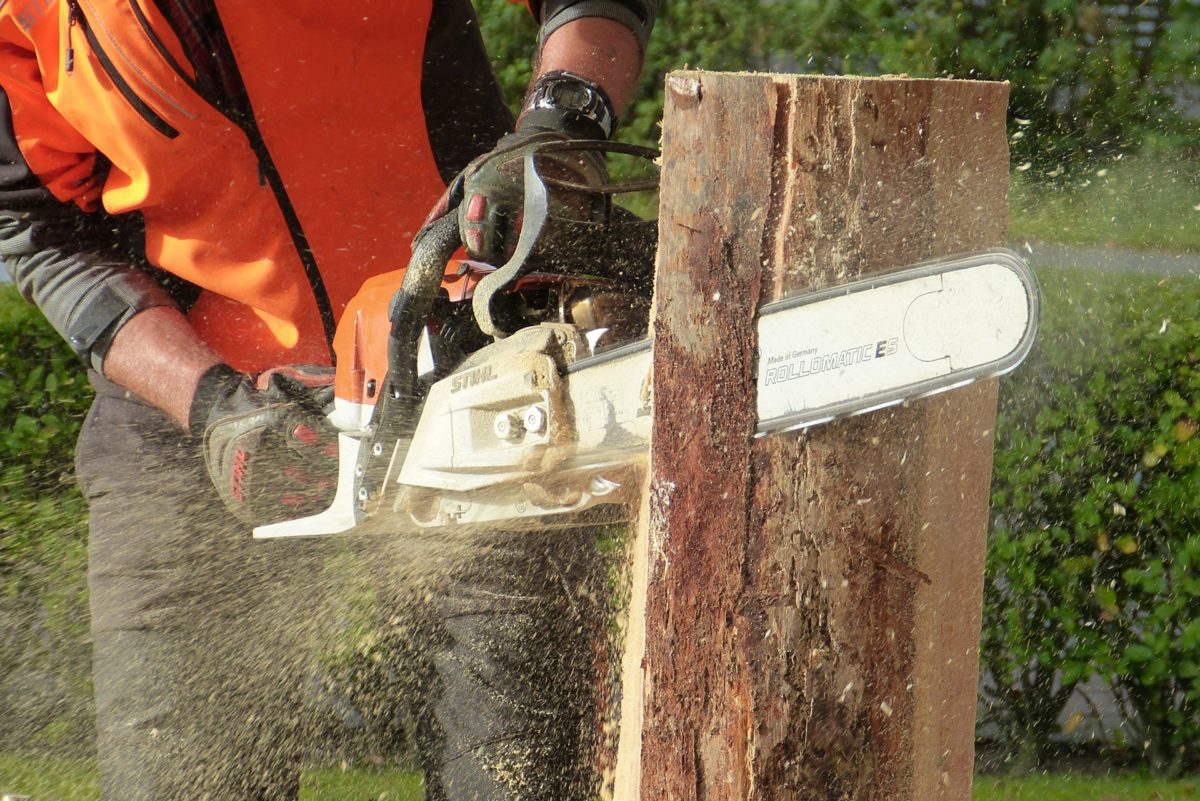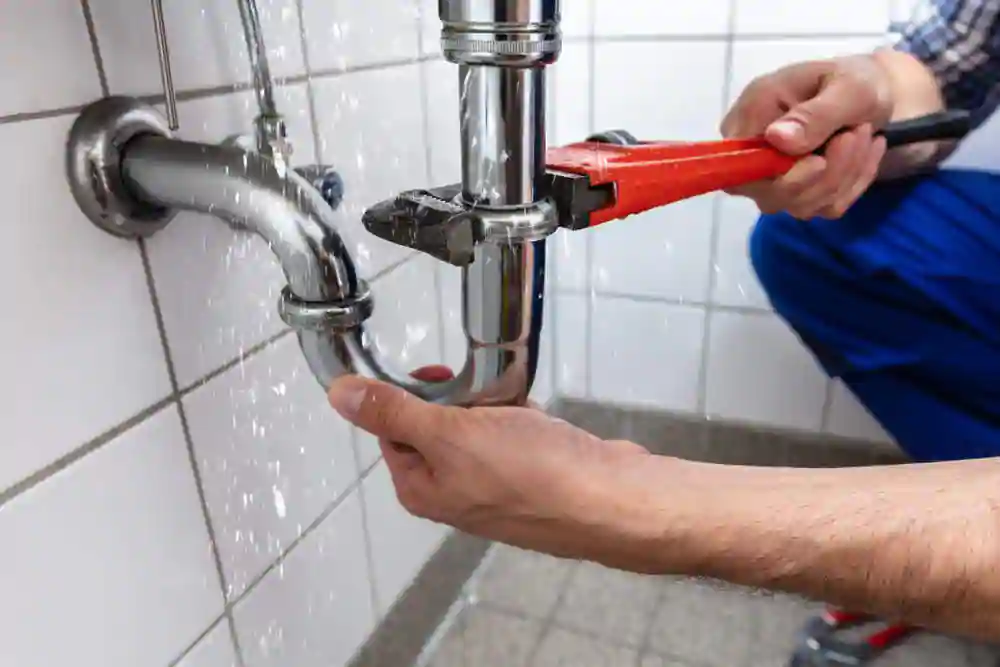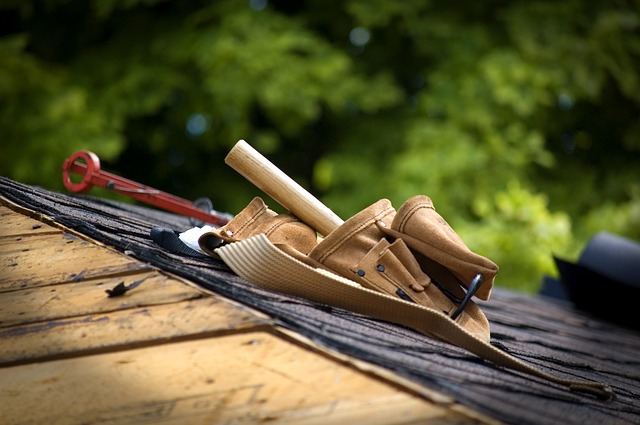Here is a collection of the dos and don’ts that will brush you up the basics on how circular saws are to be used and maintained.
1. Dos and Don’ts when sharpening a circular saw
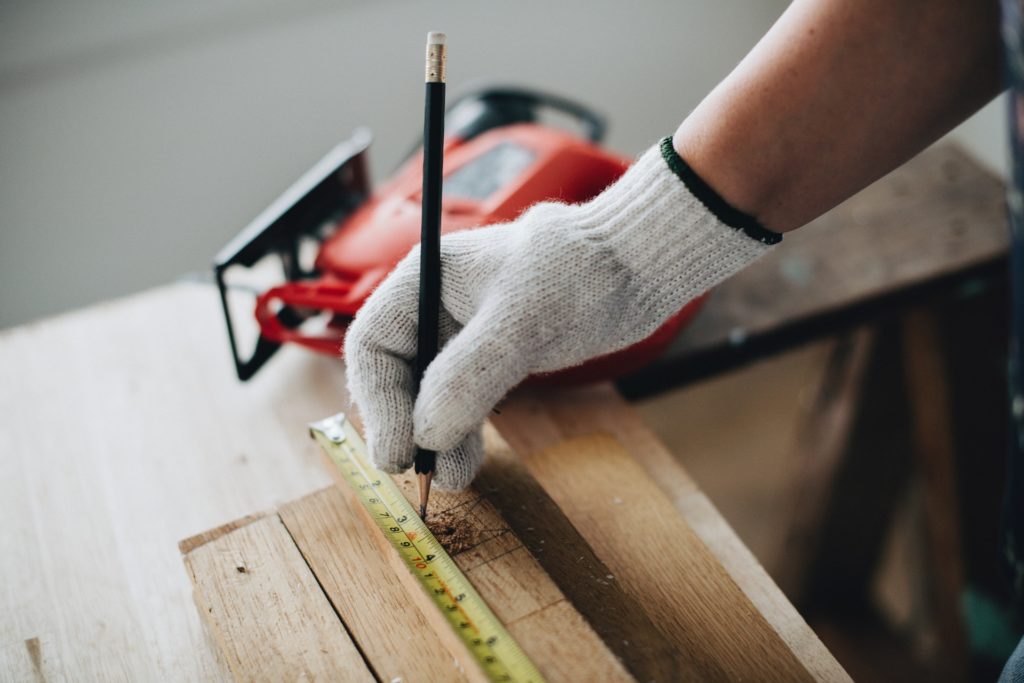
Before going on to sharpen this type of saws, ensure that they are not connected to the mains supply. If you are using a cordless circular saw, then remove its battery.
- The next step is to remove the blade to prevent powder from getting into the machine. Use a strip of wood to clamp the bed against the tool to prevent it from spinning while loosening its bolt.
- Use a brush to apply petroleum jelly on the blade and allow it to settle to break the resin.
- With a jig, clamp the blade of the circular saw so you can brush it easily. Stroke from the inside and go up to the blade’s teeth, just like how you would clean a CD.
- Next, mark one tooth on the blade with chalk. This tooth will serve as the starting point in your sharpening process.
- File with forwarding strokes instead of pulling back occasionally. Keep on going until you see brightly-colored steel on the teeth of the blade. Within time, the teeth’s profile gets smaller with more frequent sharpening.
- Finish up the process with a rag and soft brush to get the residue off the blade.
2. Dos and Don’ts on inspecting a circular saw before use
This is a no-brainer. Before you begin operating the saw, ensure that a safety check is conducted. Here are the dos and don’ts of inspecting the blade of a circular saw;
- Ensure the blade guard retracts appropriately by testing it when released.
- Inspect the teeth of the blade to ensure that they are not chipped or broken. Fix any damage to the tooth of the blades.
- Ensure that cordless saws are fully charged and the corded saws do not have cracks on them.
- Make sure the blades are strong. Those made from carbide are the best to work with
3. Dos and Don’ts on positioning and making accurate cuts with a circular saw
There isn’t any hard and fast rule to follow when positioning your saw. However, for a better performance of the saw and convenience of use, it should face the part of the board that is the largest. Some things to do when positioning and making cuts with a circular saw are;
- Always make sure the base plate and the shoes are supported while cutting takes place.
- Ensure that the blade is placed on the cutting line and pressed lightly on its edge.
- Do not use a blade when it is not touching the board. You will not be able to guide the saw to produce a smooth, clean-cut.
4. Dos and Don’ts on preventing binding, splintering and achieving rip cuts
Rip cuts are parallel to the wood grain, which is the way all wooden materials should be cut. Some tips here are;
- Consider using a rip gauge. These features are attached to the saw’s base plate and are made from metal to achieve rip cuts. Using an 8ft board used as an edge guide is also another feature to get these types of cuts.
- Ensure that you place the board or panel face down. This way, splintering can only occur at the back or top side.
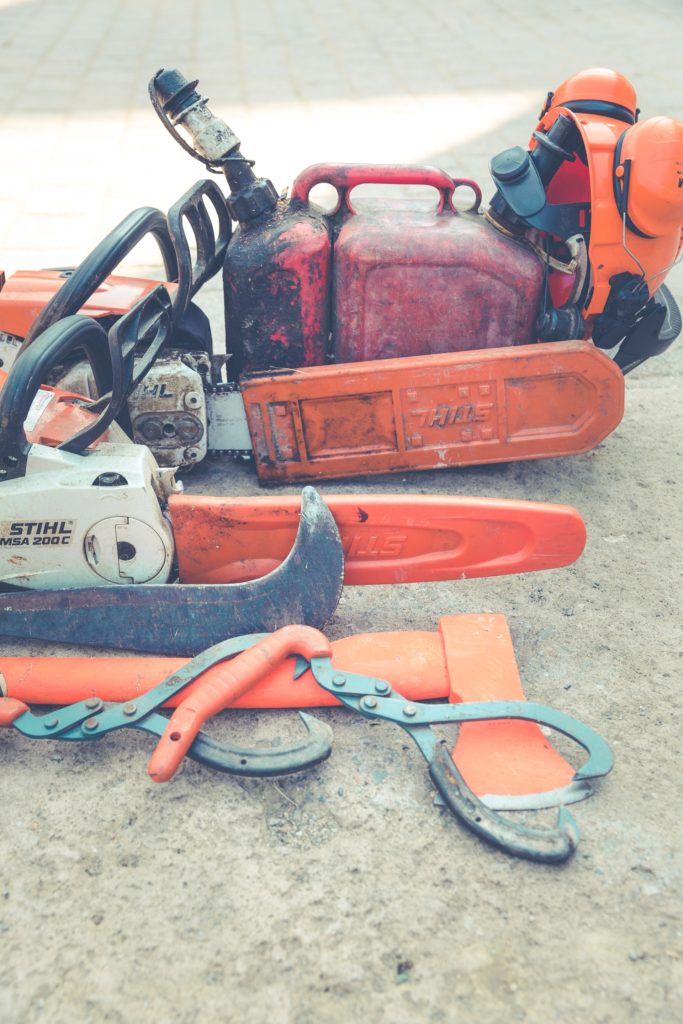
5. Dos and Don’ts when making bevel and straight cuts
Bevel cuts are made to 45 degrees, and almost every circular saw can achieve that capacity. To make bevel and long straight cuts;
- Avoid putting a lot of pressure on the saw so that the lower guard doesn’t get stuck on the material’s edge.
- Instead, first, release the trigger, then raise the blade guard before making cuts. After cutting about an inch, you can then release the blade guard.
- Place the circular saw at the end to make large straight cuts. If you move upward (away from gravity), you’ll experience more weight than if you move along the material’s surface.
- Most circular saws are made for right-handed people. Ensure you get one that is comfortable to cut long cuts in a single stroke. The grip is also another feature to keep in mind. Ensure that you use a circular saw with a good grip to prevent vibrations.
In conclusion
Circular saws are fairly easy to use. However, you must be aware of the dos and don’ts to produce the effect you want. The rules we have provided should get you up to speed on how best to use and maintain a circular saw for cutting.








